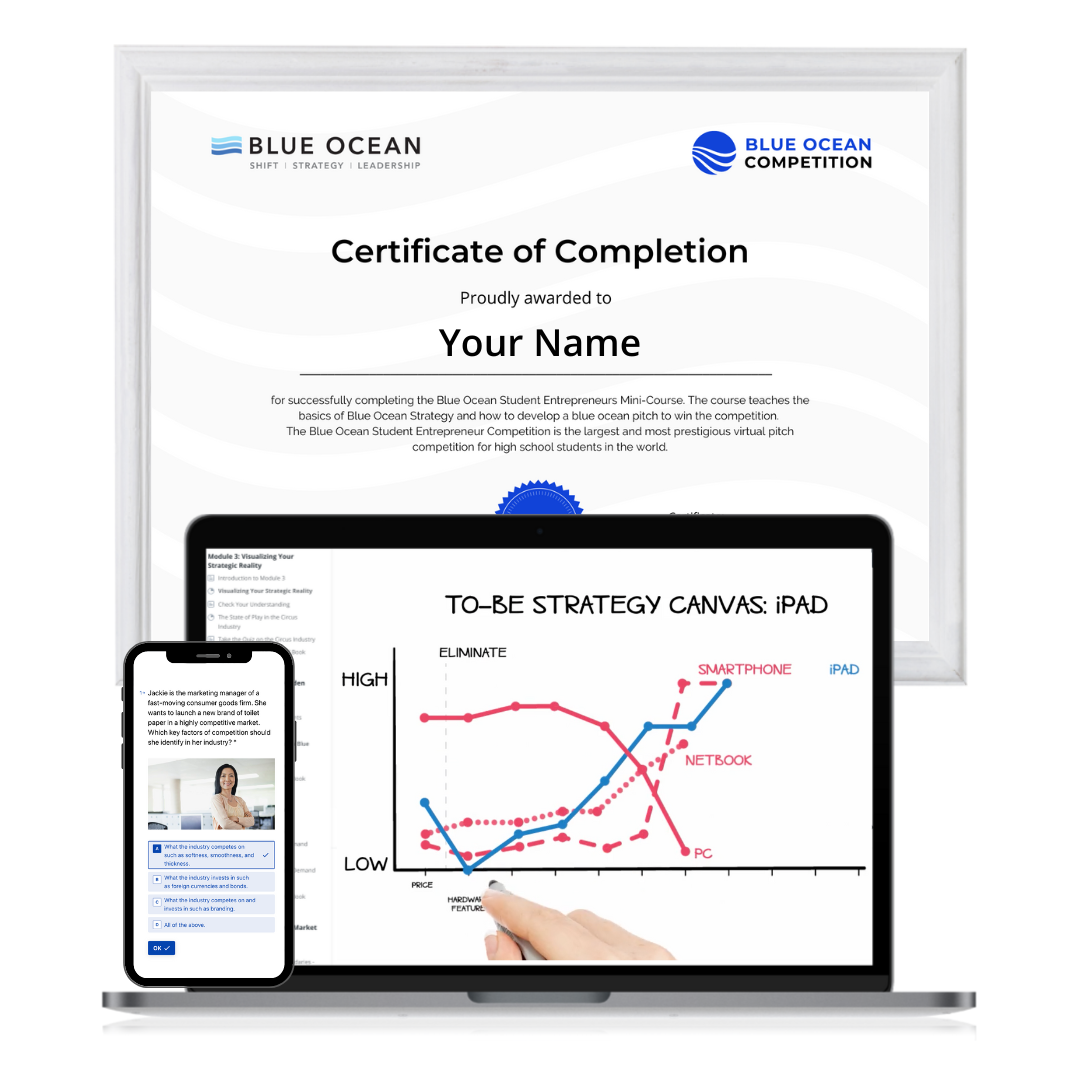Now that you have identified a product idea that you are excited about and have validated the utility of the product with some experts from the real world, you are ready to start developing your product. This is a very exciting phase for an entrepreneur as they see their idea take shape into a real product or service that can actually benefit a user community.
There are some ground rules though that an entrepreneur needs to be aware of:
- Time to market is important. Time to market is the elapsed time from when an idea is conceptualized to the point when it is actually launched in the market and available to the customers. The longer the time to market, the higher the chances of a product becoming irrelevant. The shorter the time to market, the lesser the chances of a competitor coming up a with a similar product and taking up the market share. The tough balance to maintain is between the “speed to market” vs the “quality” of the product. Quality cannot be sacrificed to be able to launch faster. A bad product launched earlier than expected is destined to be a failure.
- No product is fully developed when it is launched. In fact, almost all of the successful products evolve over a period of time. The evolution of a product from its nascent stage to maturity is referred to as the stage of innovation. Stages of innovation constitute the roadmap of the product. The roadmap is the big picture of where the entrepreneur eventually wants to be with the product. Roadmaps are usually build keeping the next 5-10 years in mind. Product life cycles depend on the type of product being built. A software product will have a shorter life cycle since technology changes really fast and what is built today will be obsolete in the next 5-10 years at the most. In contrast, a product related to the food industry is more likely to have a longer product life cycle.
- An entrepreneur, through market research, customer discovery and survey, assesses which features of the product are the most important to the customers and will attempt to alter the traditional buying criteria based on the Blue Ocean Strategy Canvas. Only the most important features are planned to be included in the first iteration of the product, but they differentiate the product offering. Following are some of the thumb rules used to decide which features can be included in the first iteration:
- Low hanging fruit – features that are really useful, easy to build and cost less. These features are usually no brainers and make it to the top of the list.
- Market differentiators – features that would make the product the market differentiator and create a niche. These features are usually hard to build and cost more since they have not be introduced before. It is important to include these features since they help establish the brand for the product.
- Expected features – features that are part of the market expectations that if not present could negatively impact the brand of the product.
- As much as it is important to plan iterations and stage of innovation for a product, equally important is to develop the same with a limited budget. Entrepreneurs should be aware the concept of “Return on Investment”. Every company exists to make profits and provide value to its customers. Products that are developed at huge costs but do not have consumers who are willing to pay a high price for them will face quick extinction. So, a strong customer value proposition is required.
- Baby steps matters when it comes to launching a product. This approach helps the entrepreneur actually go to the market and assess how large the sales opportunity is. Going to the market also helps get real feedback from the users about the product. Entrepreneurs learn very valuable things from actual market entry. Oftentimes the entrepreneur’s perception about the product is very different from the perception of the audience. It is extremely important for the entrepreneur to understand the outlook of the users to be able to make the product better and build a brand. Great products have failed because of lack of communication to the market.
- Nothing succeeds like success. Once the product takes off in the market, the challenge the entrepreneurs face is to constantly satisfy customer needs and keep them happy. The trick is to keep continuously innovating the product with frequent revisions and keep the customers interested in the product and its development.
Though product development is an exciting phase, it is also the phase where the “rubber meets the road”. Great ideas if not developed properly result into a bad product. On the other hand, ideas developed with a vision and passion become successful products. An entrepreneur needs to have a combination of vision and hands-on skills to take the product to the finish line. Out of the box thinking and persistence define an entrepreneur.
Good luck and let the game begin!






